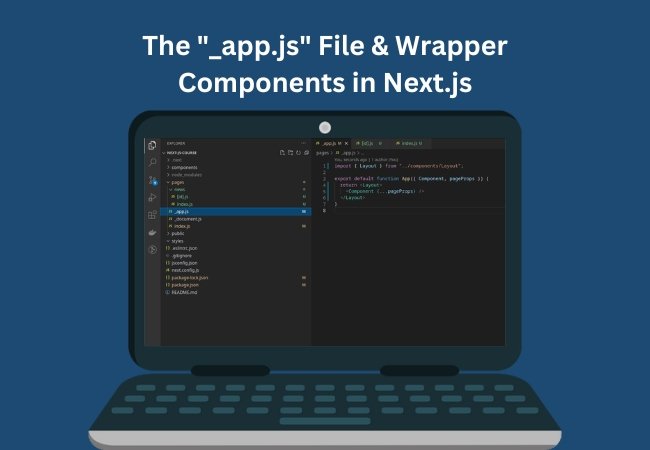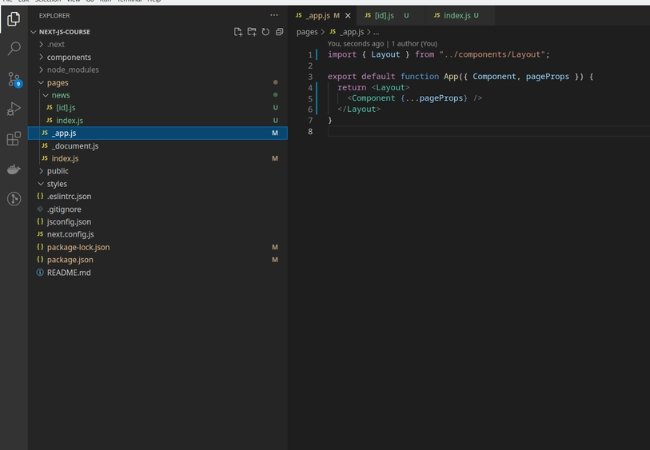Next.js is a popular React framework used for building server-side rendered (SSR) and static websites. It provides developers with powerful features and optimizations for creating high-performance web applications. One of the key aspects of Next.js is the “_app.js” file and the concept of wrapper components. In this blog post, we will explore the role of the “_app.js” file and how wrapper components can be leveraged to enhance the functionality and appearance of Next.js applications.
Contents
Understanding the “_app.js” File:
The “_app.js” file serves as the entry point for your Next.js application. It acts as a wrapper component that wraps every page in your application, allowing you to apply global styles, set up global state management, and perform other tasks that need to be applied across all pages.
The “_app.js” file is located in the root directory of your Next.js project. It exports a custom component that extends the Next.js “App” component. This component provides a central place to define global configurations, such as adding CSS or JavaScript files, setting up global context providers, and handling server-side rendering.
Customizing the “_app.js” File:
To customize the behavior of the “_app.js” file, you can create a new file named “_app.js” or “_app.tsx” (for TypeScript projects) in the root directory of your Next.js project. By extending the “App” component and overriding its methods, you can add custom logic and styles to your application.
For example, you can override the “render” method to include additional layout components, such as a header or a footer, that should be rendered on every page. You can also apply global CSS styles by importing CSS files or CSS-in-JS libraries like styled-components.
Implementing Wrapper Components:
Wrapper components are reusable components that wrap around the pages of your Next.js application. They allow you to encapsulate common functionality or layout structures, ensuring consistency and code reusability across your application.
To create a wrapper component, you can define a React component that renders its children within a specific layout or provides additional functionality. For instance, you might create a “Layout” wrapper component that includes a header, sidebar, and main content area. By wrapping individual pages with the “Layout” component in the “_app.js” file, you can ensure a consistent layout across all pages.
Wrapper components can also be used to handle authentication, provide access to global state management, or implement common UI patterns. This helps in reducing code duplication and simplifying the maintenance of your application.
Leveraging Wrapper Components for Advanced Functionality:
- Wrapper components can be powerful tools for implementing advanced functionality in your Next.js application. Here are a few examples:
- Authentication: You can create a wrapper component that checks for user authentication and redirects to a login page if necessary. By wrapping protected routes with this component, you can ensure that only authenticated users can access certain pages.
- Error Handling: A wrapper component can be used to handle and display errors across your application. It can catch errors thrown by child components and provide a consistent error UI, improving the user experience.
- Theming: You can create a wrapper component that provides a theme context to all child components. This allows you to easily switch between different themes or customize the application’s appearance.
- Analytics and Logging: By wrapping your pages with a wrapper component, you can easily track user interactions, log errors, or integrate third-party analytics tools.
Conclusion:
The “_app.js” file and wrapper components are essential elements of Next.js applications. The “_app.js” file acts as the entry point, allowing you to customize global configurations and apply styles across all






0 Comments